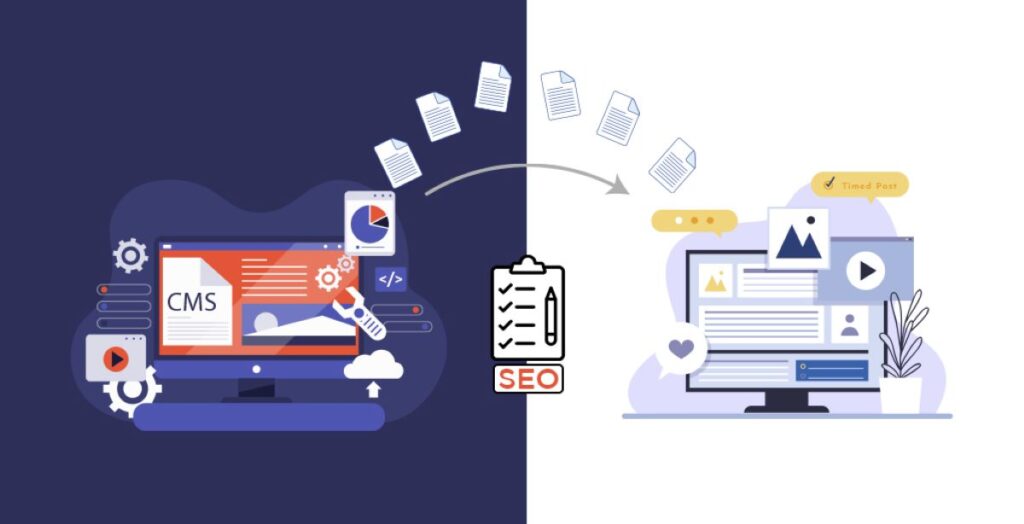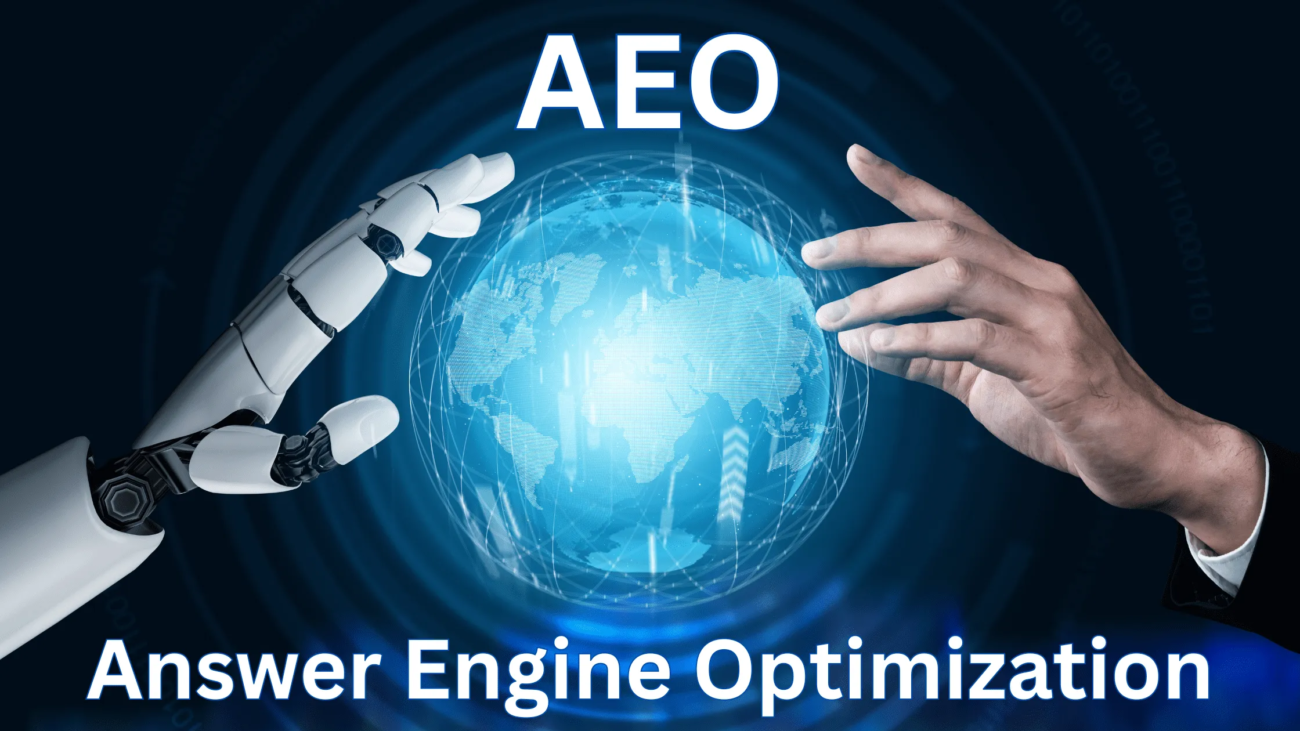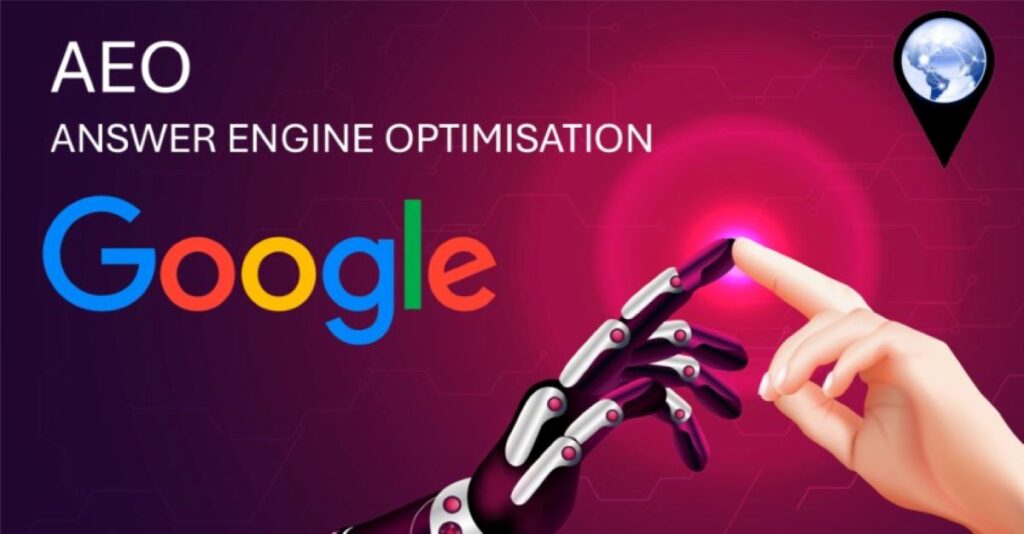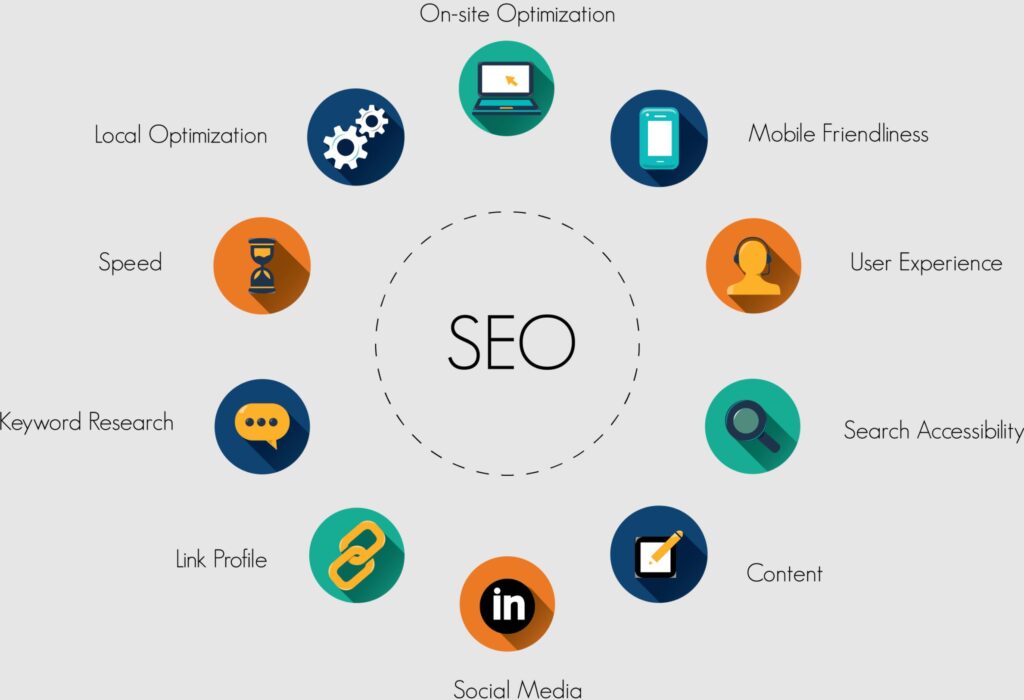Introduction: The Era of “Near Me” Is Over—But Local Search Is More Powerful Than Ever
Just a few years ago, ranking for “near me” keywords was the holy grail of local SEO. Every business chased phrases like “plumber near me,” “dentist near me,” or “restaurants near me,” believing these were the key to unlocking high-intent search traffic.
But something massive—and quietly revolutionary—has happened.
Google no longer needs users to type “near me.”
It already knows where they are.
It already understands hyper-local behaviour.
And it already prioritises businesses within the closest, most relevant micro-radius.
In other words:
“Near me” searches aren’t dead because people stopped using them.
They’re dead because Google made them unnecessary.
Elite local SEO agencies have already pivoted to a new system—one based on proximity dominance, geo-signals, and neighbourhood-level entity authority.
This is the era of hyper-local algorithm optimisation, and the agencies that master it are wiping out competitors who still think “near me” is the strategy.
See more: Future-Proof Your Business with Smart SEO Services
H2: The Data: What Killed the ‘Near Me’ Search Era?
H3: Google’s Algorithm Now Auto-Infers Intent
Google now understands:
- where the user is
- what businesses are nearby
- which options have the highest trust
- how far users are willing to travel
- which micro-areas have the strongest rankings
Because of this, typing “near me” is redundant.
H3: The Stats Tell the Story
Recent behavioural and algorithmic studies show:
- 88% of local searches don’t contain “near me” anymore
- Yet “near me” search results still appear because Google auto-applies proximity intent
- Proximity is now the #1 local ranking factor
- 3-block grids influence over 70% of Google Maps results
Consumers don’t search for “restaurants near me.”
They search for “pizza,” “café,” or “haircut”—and Google handles the “near me” part automatically.
This shift fundamentally changed local SEO.
H2: Why ‘Near Me’ SEO Doesn’t Matter Anymore
H3: 1. Google Uses Real-Time GPS Positioning
It knows the user’s:
- coordinates
- movement
- typical search behaviour
- travel tolerance
- device signal patterns
So Google ranks businesses based on:
“What is the closest, highest-trust option that solves the user’s problem right now?”
H3: 2. Google Understands Local Intent Without Keywords
Searches like:
- “dentist”
- “mechanic”
- “laundry”
- “carpet cleaning”
…automatically trigger localized results.
H3: 3. Entity Authority Now Matters More Than Keywords
Google cares more about whether your business:
- is verified
- is trusted
- is locally authoritative
- has strong geo-signals
- is validated by nearby entities
- fits the 3-block micro-radius algorithm
than whether your page has the phrase “near me.”
H2: The New Ranking Factor: 3-Block Micro-Radius Domination
While old-school agencies still stuff “near me” into meta titles, elite agencies focus on something far more powerful:
Micro-radius ranking control.
This is Google’s real local algorithm priority.
H3: Here’s how micro-radius domination works:
Google builds an invisible “ranking bubble” around every user.
If your business is inside that bubble AND has higher trust than competitors, you rank instantly.
This bubble is typically:
- 3–5 blocks wide in dense areas
- 600–1,000 meters in suburban areas
- 3 km in rural areas
Inside this bubble, Google aggressively prioritises:
- proximity
- entity strength
- real-world activity
- local signals
- neighbourhood relevance
This is why a café 2 blocks away ranks above a café 8 blocks away—even if the second café has more reviews.
H2: What Elite Agencies Optimize for Now
H3: 1. Geo-Authority Stacking (The New Local SEO Weapon)
Elite agencies build layered local signals:
- geo-tagged images
- geo-coordinated schema
- neighbourhood backlinks
- suburb-specific content
- street-level relevance
- GBP posts tied to micro-locations
- EXIF metadata on photos
- entity matching across platforms
This creates a powerful local footprint that Google trusts.
H3: 2. Suburb-Level Content Clusters
Instead of using generic landing pages, top agencies create:
- suburb hubs
- micro-area service pages
- street-focused references
- landmark-based content
- neighbourhood guides
These pages teach Google EXACTLY where you should rank.
H3: 3. Grid-Based Rank Tracking
Elite agencies don’t check rankings from one location.
They track 50–300 grid points across a suburb to map:
- ranking strengths
- weak pockets
- competitor zones
- geo-opportunity areas
This is how they identify where to build authority.
H3: 4. Hyper-Local Backlinks
Not big DR50 links.
Not national blogs.
But powerful hyper-local links from:
- local newspapers
- community sites
- neighbourhood associations
- street-level blogs
- local directories
- local influencers
One strong suburb-relevant link can outrank 200 generic links.
H3: 5. Review Density Per Micro-Radius
Google doesn’t just count reviews.
It compares:
- how many reviews you have
- how recent they are
- how close they originated from
- whether they mention the suburb or street
Review clusters within 3–5 blocks dramatically shift rankings.
H2: Why This New Strategy Is a Massive Win for Small Businesses
Small businesses always struggled marketing city-wide.
They didn’t have the budget, brand recognition, or visibility.
But now?
You only need to dominate:
Your block.
Your street.
Your small radius.
This micro-area focus allows small businesses to:

- outrank large chains
- attract high-intent customers
- lower ad costs
- improve conversion rates
- win their neighbourhood
- build unstoppable word-of-mouth momentum
Google wants to serve the closest trusted business—not the biggest brand.
This is the first time in SEO history where the small operator has a real algorithmic advantage.
H2: Step-by-Step Breakdown: What Agencies Do to Crush Local SERPs
H3: Step 1 — Audit Entity Strength
They check:
- NAP accuracy
- duplicate listings
- trust signals
- GBP completion
- local schema
- citation health
H3: Step 2 — Build Hyper-Local Content Assets
Examples:
- “Electrician in Smith Street Fitzroy”
- “Plumber near Crown Street Surry Hills”
- “Café close to Enmore Road Newtown”
These pages explode local relevance.
H3: Step 3 — Deploy Geo-Tagged Media Across Platforms
Agencies upload:
- photos with coordinates
- videos tagged to the business location
- GBP updates with micro-area mentions
This directly feeds Google’s local model.
H3: Step 4 — Acquire Local Backlinks That Matter
Sources include:
- community leagues
- local business groups
- suburb-specific blogs
- event listings
- local charities
These links are algorithm gold.
H3: Step 5 — Strengthen Local Reviews
They encourage customers to:
- mention the suburb
- reference the street
- describe the neighbourhood
- mention proximity (“just a few blocks away”)
These phrases act as weighted geo-signals.
H3: Step 6 — Optimise GBP for Neighbourhood Dominance
This includes:
- geo-coordinated photos
- neighbourhood keywords
- service area refinements
- local Q&A
- local product and service tagging
Conclusion
“Near me” searches are dead—not because people stopped searching that way, but because Google evolved beyond them. Today, the winners of local SEO aren’t the ones stuffing “near me” into titles—they’re the ones mastering hyper-local authority.
Proximity.
Entity trust.
Suburb relevance.
Micro-radius domination.
These are the real ranking factors now.
Elite agencies know this.
Smart businesses leverage it.
And the ones who don’t?
They’ll slowly disappear from the map—literally.
If you want to dominate your local market, you don’t need city-wide visibility.
You just need to own your radius.
FAQs
1. Why are “near me” keywords no longer useful in SEO?
“Near me” keywords lost value because Google now automatically understands proximity intent. Even if users don’t type “near me,” the algorithm ranks the closest trusted businesses based on GPS, behaviour signals, and local entities. Optimizing for hyper-local authority is now far more effective than targeting outdated “near me” keyword patterns.
2. How does Google determine the best local business to show now?
Google evaluates micro-radius proximity, entity strength, geo-tagged content, neighbourhood relevance, and real-world trust signals like check-ins and foot traffic. It combines this with reviews, local backlinks, and service relevance. This allows Google to deliver the closest, highest-trust business—even if the user doesn’t specify “near me” in their query.
3. What should businesses focus on instead of “near me” keywords?
Businesses should focus on hyper-local SEO strategies: geo-tagged photos, neighbourhood-focused content, suburb-based landing pages, local backlinks, and GBP updates tied to streets and landmarks. These strategies build geo-authority, which Google uses to determine neighbourhood relevance and micro-area trust signals—far more important than keyword stuffing.
4. How does micro-radius domination work in local SEO?
Micro-radius domination means ensuring your business is the strongest entity in a tiny geographic bubble—typically a 3-block area. Google prioritizes the closest, most authoritative business. By stacking hyper-local signals like reviews, backlinks, and geo-tagged media, a business becomes the top choice within that proximity zone.
5. How long does it take to shift from “near me” SEO to hyper-local optimisation?
Most businesses notice early movement within 4–6 weeks after shifting to hyper-local tactics. Full impact usually takes 10–16 weeks, depending on competition and the current strength of local signals. Consistency matters most. The more geo-authentic signals you build, the faster Google recognises your business as the neighbourhood authority.









